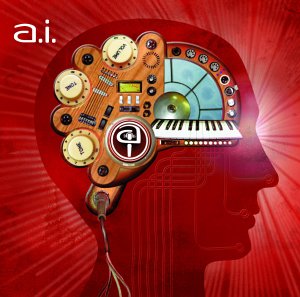What makes virtual actors and objects experienced in virtual environments seem real? How can the illusion of their reality be supported? What sorts of training or user-interface applications benefit from realistic user-environment interactions? These are some of the central questions to be addressed by the conference. We propose to focus primarily on training and user interfaces that emphasize visual-motor interactivity, as it is within this domain that VE training systems may uniquely excel. However, several papers on the more purely intellectual interaction with avatars within a virtual environment will be presented.
 In order for robots to perform increasly sophisticated manipulation tasks in the home and in industrial settings, they must be able to coordinate the motion of many joints to achieve symbolic tasks, involving intricate changes of contact. Similar problems are faced by legged robots traversing rough terrain. We aim to build new tools and theory for integrating discrete task planning (typically considered a domain of AI) and continuous motion planning (considered a domain of robotics) within a single framework. Our planners have addressed manipulation and legged locomotion problems in configuration spaces with up to 42 dimensions, and we have proven the asymptotic reliability properties of our algorithms in general settings. Current work is studying programming support for rapid planner prototyping, as well as general-purpose planning strategies that exploit problem structure and learn from past experience.
In order for robots to perform increasly sophisticated manipulation tasks in the home and in industrial settings, they must be able to coordinate the motion of many joints to achieve symbolic tasks, involving intricate changes of contact. Similar problems are faced by legged robots traversing rough terrain. We aim to build new tools and theory for integrating discrete task planning (typically considered a domain of AI) and continuous motion planning (considered a domain of robotics) within a single framework. Our planners have addressed manipulation and legged locomotion problems in configuration spaces with up to 42 dimensions, and we have proven the asymptotic reliability properties of our algorithms in general settings. Current work is studying programming support for rapid planner prototyping, as well as general-purpose planning strategies that exploit problem structure and learn from past experience.
After Nasa Research A wide variety of approaches have been attempted with respect to simulation of intelligent
interaction, and there has been a significant criticism of purely algorithmic approaches,
especially for genologic interaction. The extremely large variety of possible goals certainly
provides major obstacles to the algorithmic approach. But the wide variety of goals and the
motion necessary to reach them are also subject to an equally extensive variety of constraints
arising from the physical facts associated with any particular system.
This observation then leads to a hypothesis that we may adopt as an organizing principle for
framing the following chapters: the genesis of apparently intelligent interaction arises from an
upwelling of constraints determined by a hierarchy of lower levels of behavioral interaction. In
this sense intelligent interaction is a feature that emerges from an upward cascade of constraints
in the same way that intelligent robot behavior is thought to arise from R. Brooks’ subsumption architecture.
So concerts like of Mariah Carey hologram will soon be not just played videos but real and reacting computer programs acting similar to humans.